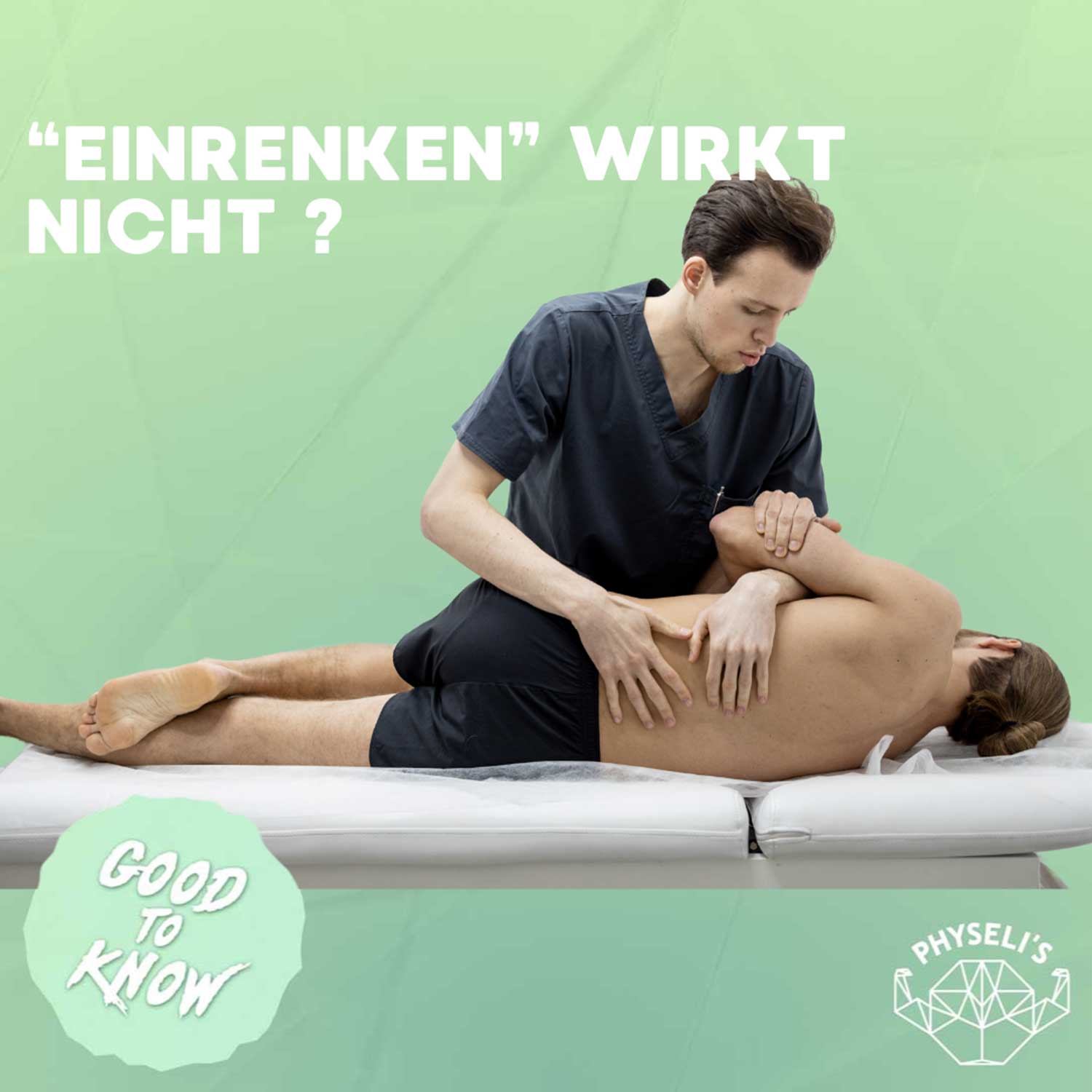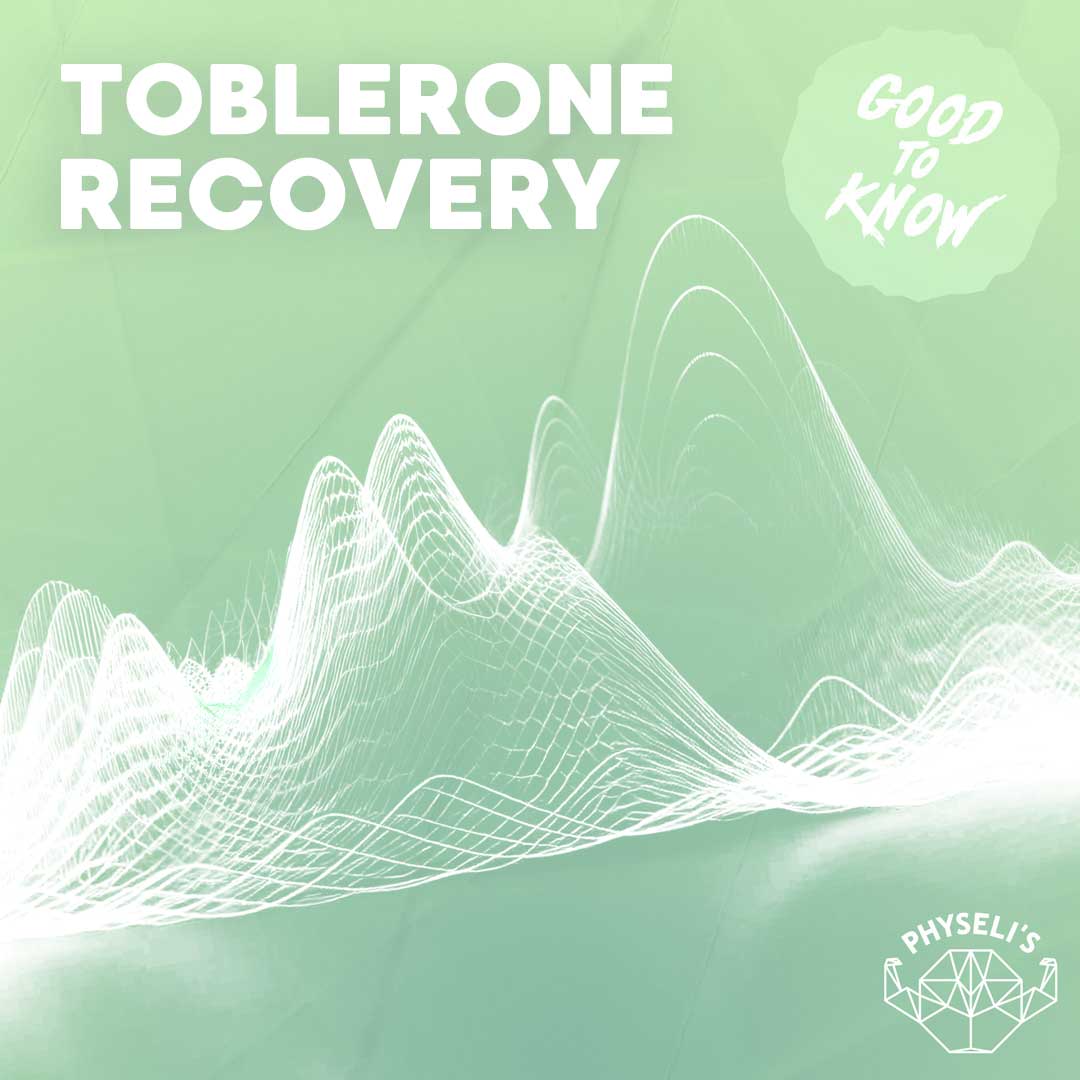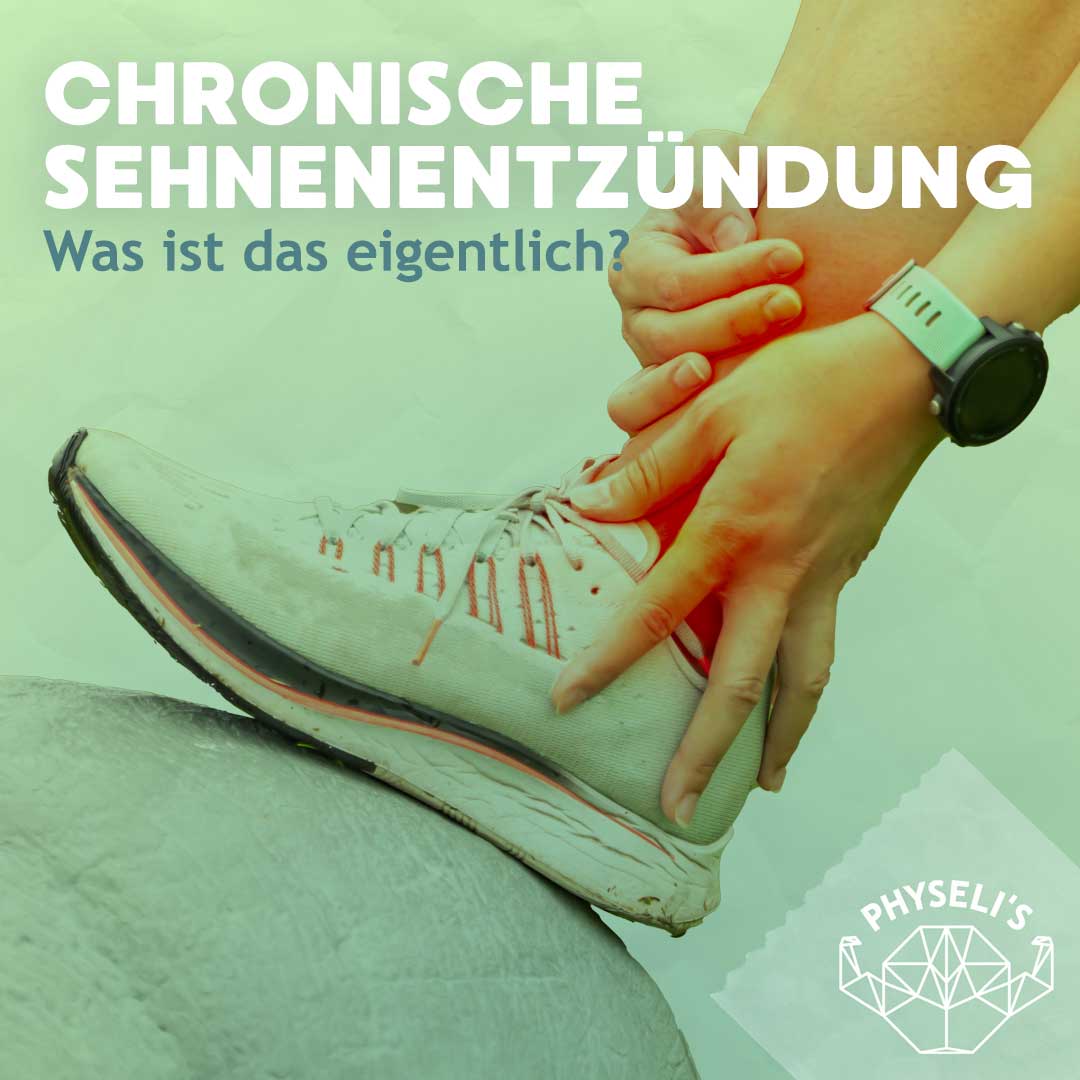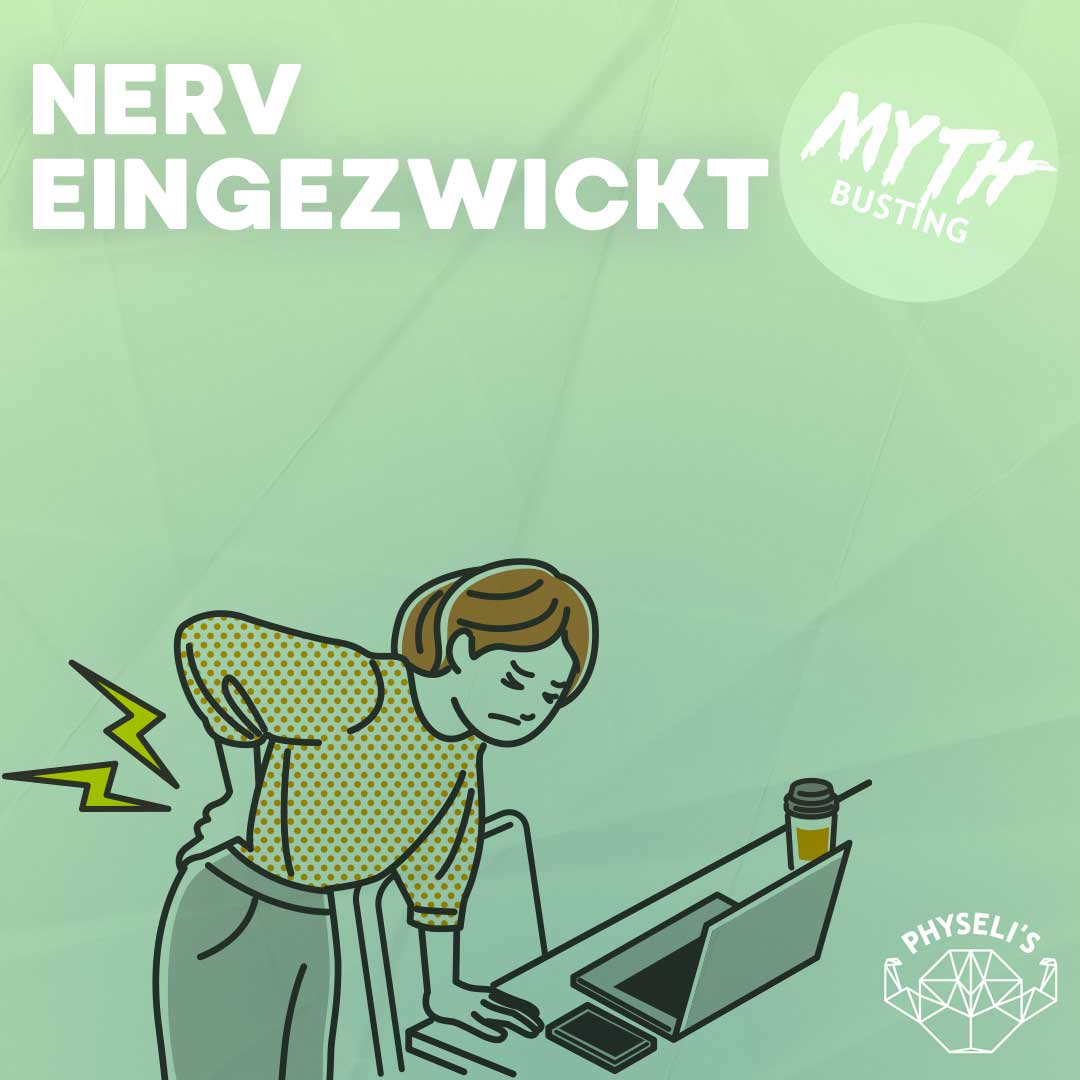What our immune system has to do with pain
Physically inactive individuals are at greater risk for developing persistent (chronic) pain conditions and often face increased pain intensity during exercise. In contrast, regular physical activity prevents and relieves pain in a variety of persistent pain conditions. This apparent dichotomy between increasing and decreasing pain sounds confusing.
Our immune system plays a role in this, more specifically the cytokines. These are messenger substances that are formed during a reaction of the immune system. Under “normal” conditions, there is a balance between pro-inflammatory and anti-inflammatory cytokines. This system performs an important function in pain. An example of this would be the flu, which manifests itself in the form of aching limbs, among other things.
When we have the flu, do we have pain because there is damage to the tissues? NO!
Does this make the pain imaginary?NO!
The balance between proinflammatory and anti-inflammatory cytokines is a key concept in understanding the effect of the immune system on pain. More pro-inflammatory cytokines are present in physically inactive individuals. This is a possible explanation for why exercises can be painful at the beginning, as the system reacts to fatiguing stimuli by releasing pro-inflammatory cytokines, additionally the muscle metabolism has to change.
Is this reaction a bad sign?
No, because regular physical activity can modulate the state of the immune system to increase the balance of anti-inflammatory to inflammatory cytokines, thus preventing the development of chronic pain. In addition, individuals who regularly participate in intense activities show reduced pain sensitivity and improved conditioned pain modulation compared with less active individuals.
So painful exercises can make sense (depending on the intensity)
Another advantage here is the potential of associative learning. Painful exercises help reconceptualize a pain-associated fear by beginning to question one’s beliefs about pain and harm. In the long term, there is a regulation of the immune system locally in the tissues and in the central nervous system.
Disclaimer
However, as always, it is important not to think in extremes. Because this does not mean that this is the cause of every painful exercise experience, and training into pain must always make sense. Neuroimmunological changes can be influenced by many factors. Each perception of pain is unique and must be considered individually. If you have more specific questions about this, feel free to drop us a line 🙂
Source list:
Damsgard, E., Thrane, G., Anke, A., Fors, T., & Røe, C. (2010). Activity-related pain in patients with chronic musculoskeletal disorders. Disability and Rehabilitation, 32(17), 1428-1437. https://doi.org/10.3109/09638280903567877
de Raaij, E. J., Ostelo, R. W., Maissan, F., Mollema, J., & Wittink, H. (2018). The association of illness perception and prognosis for pain and physical function in patients with noncancer musculoskeletal pain: A systematic literature review. The Journal of Orthopaedic and Sports Physical Therapy, 48(10), 789-800. https://doi.org/10.2519/jospt.2018.8072
Geva, N., & Defrin, R. (2013). Enhanced pain modulation among triathletes: a possible explanation for their exceptional capabilities. Pain, 154(11), 2317-2323. https://doi.org/10.1016/j.pain.2013.06.031
Leung, A., Gregory, N. S., Allen, L.-A. H., & Sluka, K. A. (2016). Regular physical activity prevents chronic pain by altering resident muscle macrophage phenotype and increasing interleukin-10 in mice. Pain, 157(1), 70-79. https://doi.org/10.1097/j.pain.0000000000000312
Sluka, K. A., Frey-Law, L., & Hoeger Bement, M. (2018). Exercise-induced pain and analgesia? Underlying mechanisms and clinical translation. Pain, 159 Suppl 1(1), S91-S97. https://doi.org/10.1097/j.pain.0000000000001235
Smith, B. E., Hendrick, P., Bateman, M., Holden, S., Littlewood, C., Smith, T. O., & Logan, P. (2019). Musculoskeletal pain and exercise-challenging existing paradigms and introducing new ones. British Journal of Sports Medicine, 53(14), 907-912. https://doi.org/10.1136/bjsports-2017-098983











